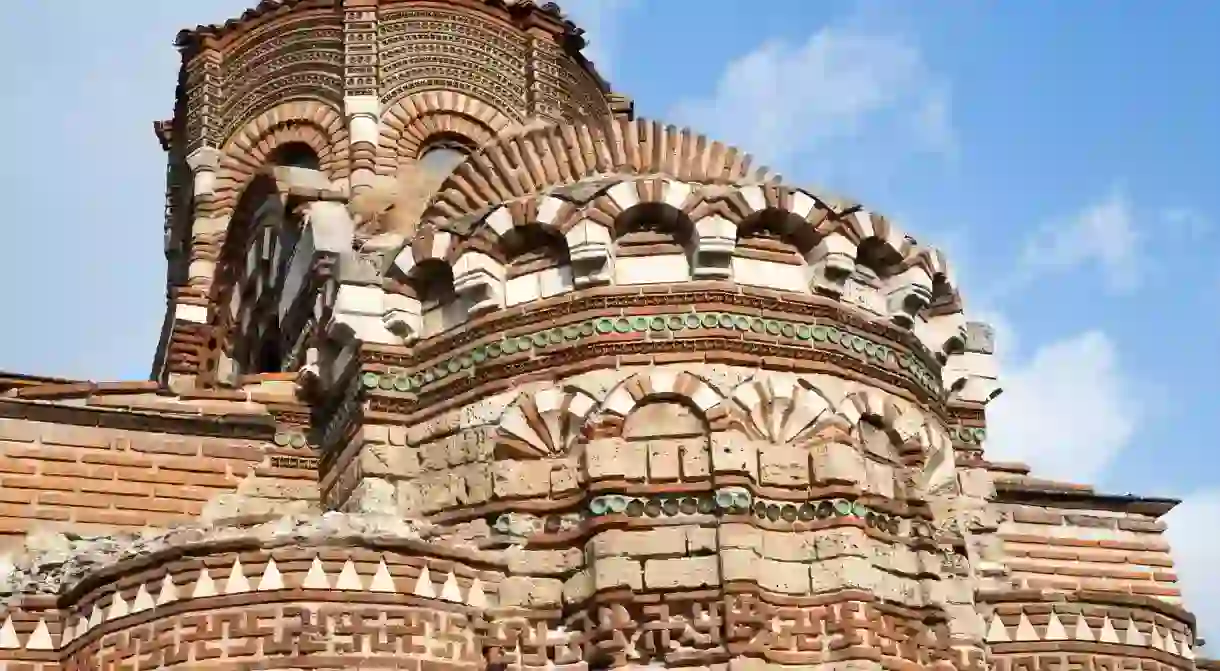9 Fascinating Historical Facts About Nesebar, The Pearl of the Black Sea

The Bulgarian seaside resort of Nesebar provides the perfect combination of sun and history for those who need more than just a sit in the sand. Its fascinating history includes relics from the ancient Thracians, Greeks, Romans, Ottomans and Bulgarians. Here are a few of the most important historical facts about the city.
1. Nesebar was first urbanized more than 3,200 years ago, at the end of the Bronze Age.
2. The old Thracian name of the town was Melsambria, translated as ‘The City of Melsa’. Melsa was believed to be the legendary founder of Nesebar. Later the name transformed a bit to Mesambria, Mesembria and Mesemvria.
3. In the 1960s and early 1970s, there were five underwater archaeological expeditions that lead to the understanding of how the area had been developed over the centuries. It is now known that there was first a Thracian settlement, followed by a Greek colony, then a Roman village, a Medieval town and a Renaissance town.

4. The Greeks were the first to turn the small settlement into a town – they built temples, a school and a theatre, and engaged in intense trade relations with other sea nations in the Mediterranean and the Black Sea region. Visit the Archaeological Museum of the town to see artifacts from this era.
5. After Christianity had become the official religion of the Roman Empire, Nesebar had several magnificent churches built. The architects who designed the Saint Sophia church in Nesebar also designed the churches in Constantinople and Rome.
6. The town’s position was so convenient, it had two ports for ships to safely enter and exit from. Nevertheless, many shipwrecks occurred. Divers can see the wreckage around the area.

7. The most visible remains of Nesebar’s history are the churches spread across its Old Town. Most of them are from the twelfth and fourteenth centuries, a period of intense religious construction. According to the legends, Nesebar once had 40 churches. Today 23 of them have been discovered.
8. The windmill at the entrance of Old Town is one of Nesebar’s iconic structures. It was one of many that were built during the Renaissance period. In Bulgaria, this era of revival and renewal occurred under the Ottoman rule.
9. Nesebar’s Old Town is located on a long peninsula. Its unique natural position and the well-preserved historical buildings (especially the thirteenth and fourteenth century churches) are why in 1983 it was listed as a UNESCO World Heritage Site.













